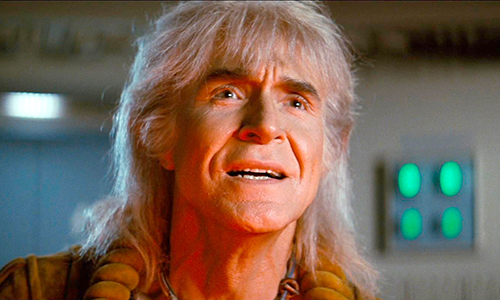
Star Trek fans can rejoice at Cineworld this summer. Hot on the heels of Star Trek: The Motion Picture (re-releasing August 19th), we've got a special re-release of Star Trek II: The Wrath of Khan on September 2nd.
This pivotal and superior chapter in the Star Trek canon is presented in its director's cut form. Scroll down to discover why you need to revisit this sci-fi classic on the biggest Cineworld screen you can find.
1. It's arguably the best Star Trek movie
To paraphrase Alan Partridge, not our words, the words of Empire Magazine. The Wrath of Khan has been consistently lauded for its emotional depth, exciting set-pieces and genuine sense of menace arising from the titular antagonist (more on whom below).
The Wrath of Khan's success was all the more striking in the wake of the ponderous, cerebral Star Trek: The Motion Picture, released in 1979. When it came to The Wrath of Khan, director Nicholas Meyer wanted to re-invest a sense of swashbuckling derring-do into the franchise, in line with the best of the Star Trek TV episodes.
Several decades later, Meyer's achievement still stands up, so don't resist the urge to get swept up all over again on the biggest screen you can find.
2. It definitely sports the best Star Trek villain
Every great action movie is made by its antagonist – think Silva from the James Bond movie Skyfall or Killmonger from Marvel's Black Panther.
The lank-haired Khan Noonien Singh is part of this elite club, a smooth-talking, Machiavellian nemesis who presents a very personal threat for Captain Kirk (William Shatner) and the U.S.S. Enterprise. Actor Ricardo Montalban brilliantly establishes a contradictory mixture of repulsion and fascination akin to all great cinema baddies.
The Wrath of Khan establishes continuity with the Star Trek TV series episode Space Seed (1967), which culminated in Khan being banished by Kirk and his crew.
The dramatic undertow of Khan's revenge exposes fallibility and doubt in our heroes, allowing us to invest greater emotional spectacle in the space opera dramatics.
3. It deepens the Kirk and Spock relationship
The complex pattern of rivalry and respect between Kirk and Spock has always been at the heart of the Star Trek franchise.
In this movie, William Shatner and Leonard Nimoy are arguably at their best, primal human rage colliding head-on with clinical Vulcan reason.
Together, the chalk and cheese pairing must confront their most dangerous threat so far. It all culminates in that devastating final scene (fans will know what we're talking about), which pays off years of emotional investment in these characters.
Somehow, The Wrath of Khan makes us sees these individuals as more than heroic archetypes. Instead, they're profoundly relatable individuals, despite hailing from a different side of our galaxy and sometimes even a completely different species.
4. James Horner's score is spectacular
Jerry Goldsmith scored Star Trek: The Motion Picture to groundbreaking effect, but he was too expensive to enlist for the sequel.
Nicholas Meyer then sought the services of up-and-comer James Horner who had made an impression with his gallant, heroic score for Roger Corman's Battle Beyond the Stars.
Horner's score for The Wrath of Khan immediately conveys the change in emotional direction. It's far more overtly heroic and brassy than Goldsmith's more experimental (though still rousing) effort, Meyer comparing his collaboration with Horner to romantic master Debussy.
There are too many great tracks from Horner's score to list here. The visceral punch of the main theme is justly famous (the charging finale from which was lifted by Horner and placed in many of his subsequent fantasy scores). But for sheer thrills, the extended passages of virtuous grace and dexterity in The Battle in the Mutara Nebula take some beating.
5. The Director's Cut allows you to see the movie in a new light
Don't expect a radical overhaul of The Wrath of Khan in the manner of Ridley Scott's director's cut of Blade Runner. Instead, there are subtle yet meaningful extensions in the dialogue sequences, plus several additional scenes, that help flesh out the relationships between the characters, deepening the experience.
For instance, some 47 minutes into the director's cut, we see McCoy (DeForest Kelly) and Spock arguing as to what would happen if the Genesis Project were to fall into the wrong hands.
Spock: "I do not dispute, that in the wrong hands..."
McCoy (interrupts Spock): "In the wrong hands??? Would you mind telling me whose are the right hands, my logical friend?"
Such additions help flesh out the nature of Khan's threat and the philosophical response to said threat, making this the complete iteration of Nicholas Meyer's vision.
Are you ready to step on board the Enterprise again? Then click here to book your tickets for Star Trek II: The Wrath of Khan. The movie is re-released at Cineworld on September 2nd.
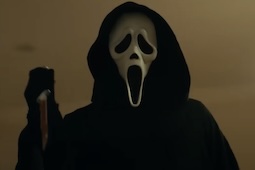
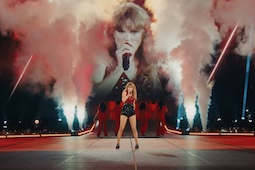
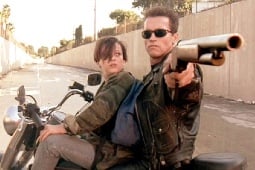
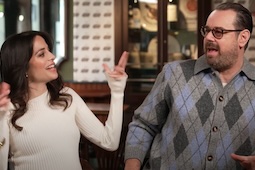
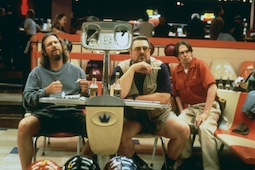
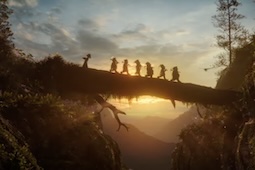
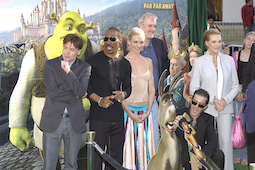
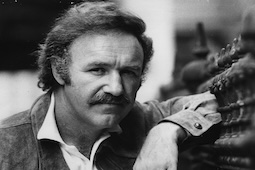
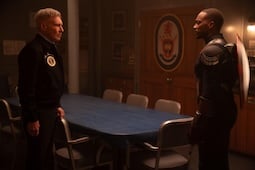
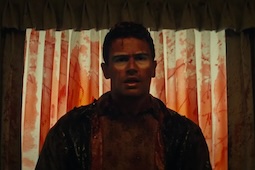
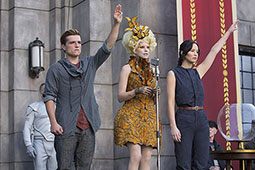


.jpg)
.png)






